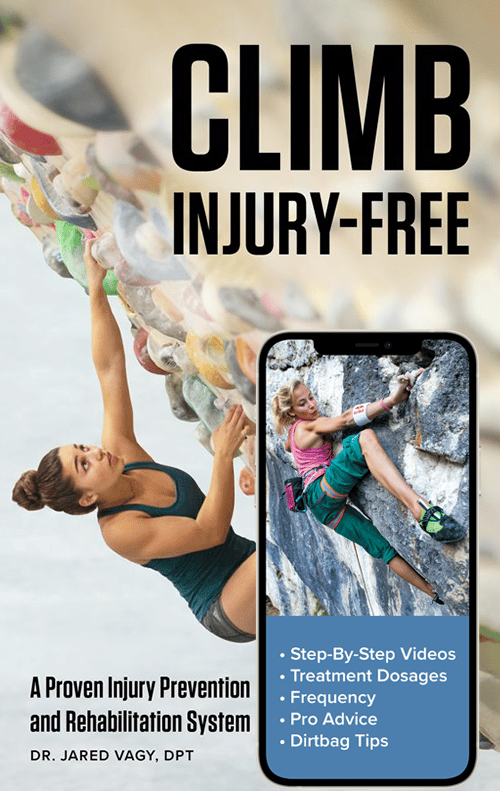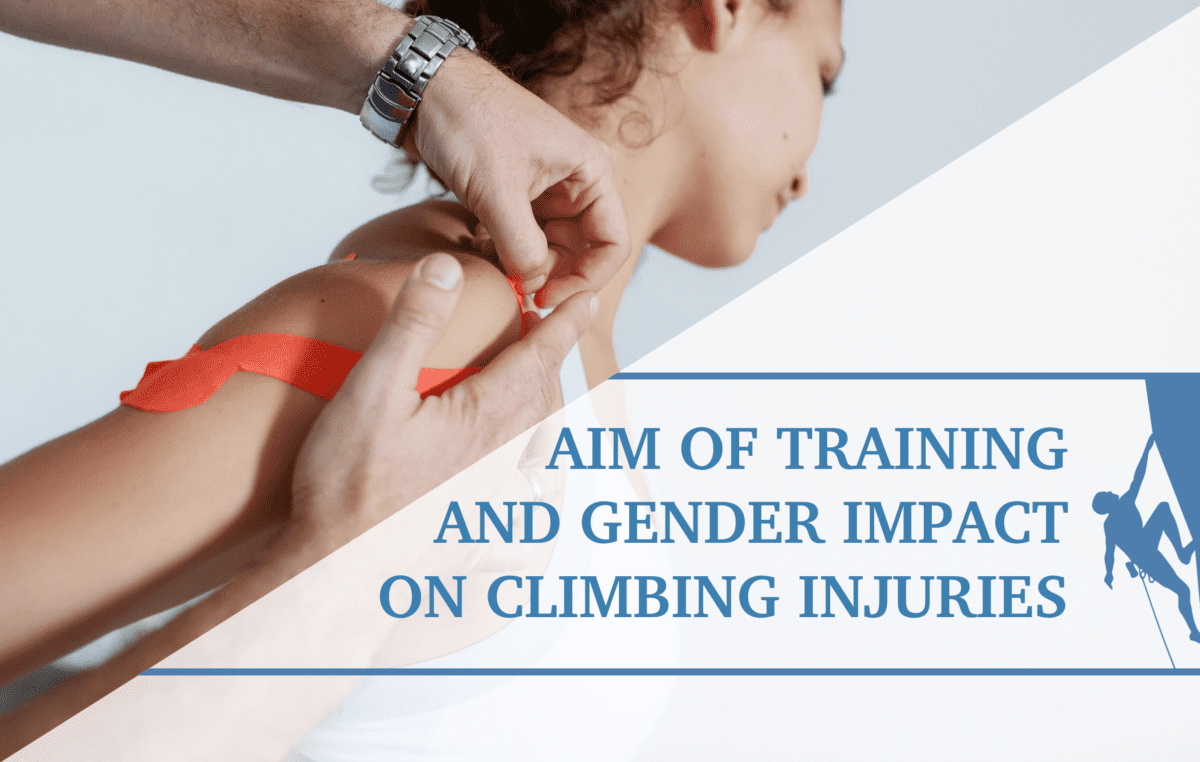Pulling Harder than the Hamate Tolerates: Evaluation of Hamate Injuries in Rock Climbing and Bouldering
The article investigates a specific wrist injury in rock climbers known as a hamate hook fracture. Although rare, these injuries have become more frequent among climbers who put intense strain on their hands, especially during complex maneuvers that increase stress on the wrist’s carpal bones.
The study reviewed 12 cases of hamate injuries from high-level climbers, noting that many reported wrist pain without an initial traumatic event. The pain usually intensified during or after climbing, particularly in moves involving the “side-undercling” position. Diagnosis often involved radiographs or CT scans, which confirmed fractures or signs of bone stress. The hamate hook, responsible for stabilizing finger tendons, proved vulnerable to stress-induced fractures, particularly under repetitive strain.
Treatment typically included conservative methods, like immobilizing the wrist for several weeks, and in severe cases, surgical resection of the hamate hook. Post-treatment, all climbers successfully returned to their previous climbing levels. The study recommends that climbers experiencing wrist pain undergo diagnostic imaging to identify possible hamate fractures early, as untreated injuries may lead to chronic pain or tendon damage.
This research provides valuable insights for both athletes and healthcare professionals, emphasizing preventive care and the importance of early detection for hamate injuries in rock climbing.
See below for a great resource to evaluate hamate injuries in rock climbing and bouldering:
Pulling Harder than the Hamate Tolerates: Evaluation of Hamate Injuries in Rock Climbing and Bouldering
Fullscreen ModeResources compiled by Jennifer Yarin PT, DPT – Doctor of Physical Therapy: Climbing SIG Senior TA and Social Outreach Committee Chair
- Disclaimer – The content here is designed for information & education purposes only and the content is not intended for medical advice.




